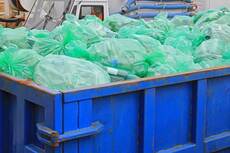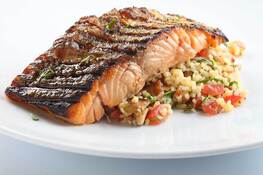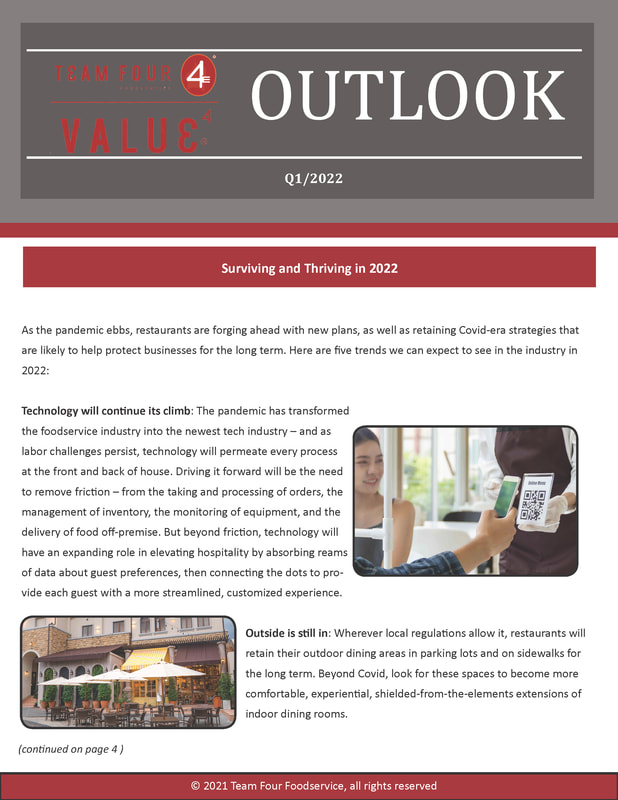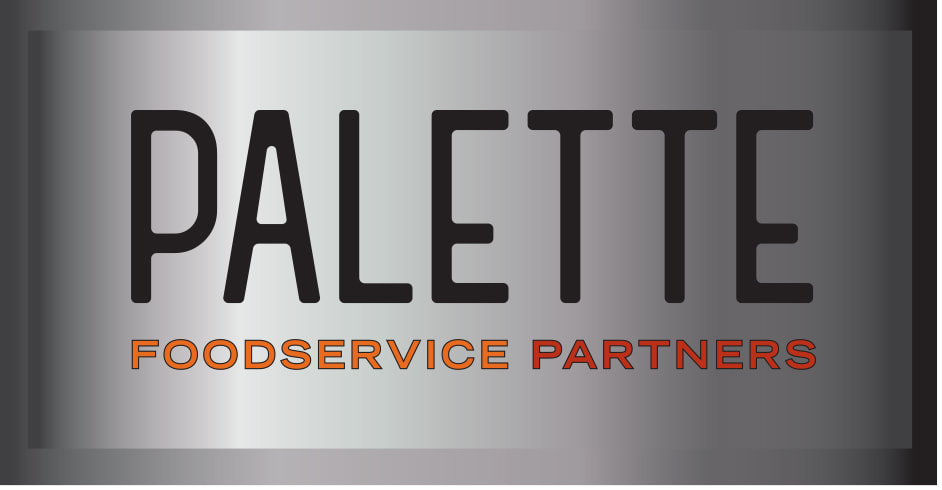 As more businesses adopt environmental goals as part of their corporate practices, restaurants and related vendors are doubling down on waste management too. Chipotle recently announced that it is expanding composting across its more than 3,200 stores – and CNBC reports that waste management is one of the goals that the restaurant’s executive compensation bonuses are based on. For their part, Uber Eats is also offering restaurants grants worth $10,000 to switch to sustainable packaging as part of its plan to remove all unnecessary plastic waste from deliveries this year. How do sustainable practices factor into your operations this year?  Has the term "regenerative agriculture" come onto your radar yet this year? If not, Datassential’s new report on the year’s food trends predicts it’s only a matter of time before it becomes part of operators’ vernacular. The phrase has been appearing with increasing regularity on food packaging and marketing, as well as on menus. Regenerative agriculture refers to a wide range of farming principles and practices designed to restore crop and soil biodiversity, remove carbon from the atmosphere and sequester it in soil, improve water quality, and make agriculture more sustainable as a result. While it's not a new idea, it weaves together a number of modern sustainability practices found in agriculture. Sustainable foods continue to attract the attention of consumers – currently, 70 percent of consumers believe the food they eat should be grown on farms that use sustainable practices – so restaurant employees will need to be conversant about their own brand practices and values in this area.  Before the pandemic, restaurant delivery packaging was making strides toward sustainability as greener containers, no-cutlery-included policies and reusable containers were all on the rise. While those efforts stalled a bit amid lockdowns and supply chain challenges, industry analysts expect sustainable packaging to rebound in a big way this year. It helps that consumers have expressed greater willingness to pay for it than in the past: A McKinsey study found that 60-70 percent of consumers said they would pay more for sustainable packaging. Further, how the packaging communicates sustainability is important too: Approximately 35-36 percent of the survey respondents said they would buy additional sustainably packaged products if they were more available in stores, available for more products, and better labeled to indicate green packaging. In terms of materials used, consumers are interested in recyclable and recycled plastic packaging, fiber-based packaging, higher levels of recycled content in the products they use, and increased compostable packaging options. In your business this year, how can you improve your sustainability and communicate it through your packaging? Consider not only adopting new packaging materials but also offering reusable options, labeling the green packaging you use to demonstrate your efforts to guests, promoting those efforts on your website and social media, and encouraging guests (via your website and digital ordering channels) to be mindful of the environment when using takeaway packaging.  The pandemic has put the supply chain in the spotlight and revealed the pressing need for more local, sustainable sourcing – not only to help foodservice businesses be more environmentally friendly but to help them sustain operations altogether. Increasingly, it’s an issue that more Americans are thinking about: According to Statista research, 41 percent of Americans are interested in sustainable meat and 59 percent in sustainable seafood. While developing a more local, sustainable supply chain may sound more feasible for larger, resource-rich restaurants that consumers expect to have frequently changing menus – not so much for burger chains with more static options – this is another belief that the pandemic has turned on its head. Jill Taylor, the outgoing CEO of the regional burger chain Burgerville, recently spoke with Bloomberg about how she has brought a regional, sustainable focus to a quick-service chain – and how leaning into that focus during the pandemic has helped the brand to maintain profitability throughout. That has meant sourcing local mint and offering mint milkshakes on the menu in certain Pacific Northwest locations, and being open to changing up menus with local specialities in other regions of the country depending on what’s available. While the chain’s commitment to supporting local, sustainable producers has resulted in a more expensive burger, more consumers may be willing to support a business that holds (and promotes) these values. Do you know how your guests feel about sustainability? Would they spend a few more dollars on their meal if they felt good about the origins of the food on their plate? |
Subscribe to our newsletterArchives
April 2024
Categories
All
|




 RSS Feed
RSS Feed